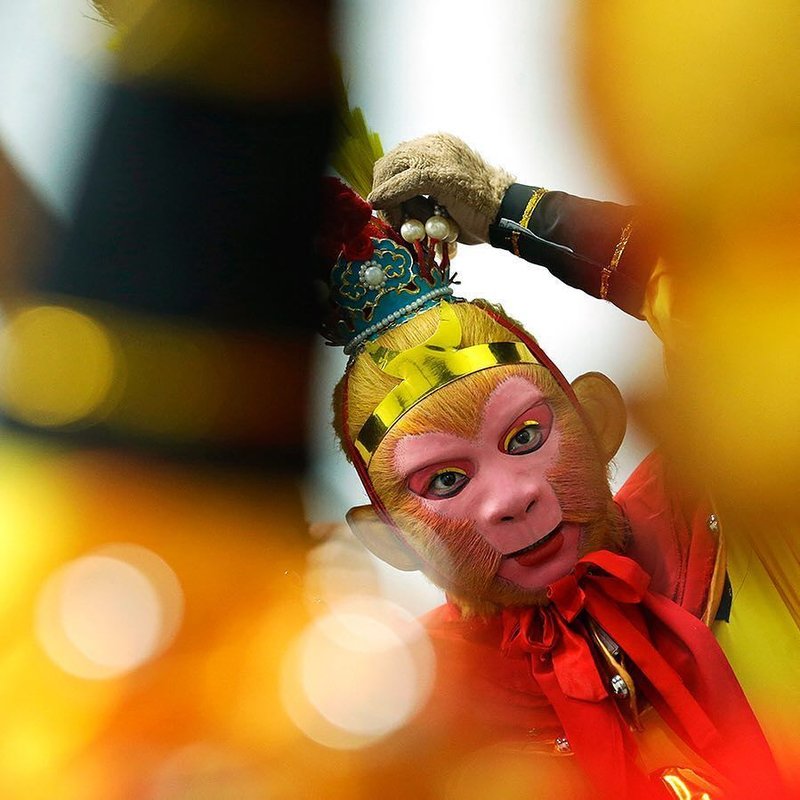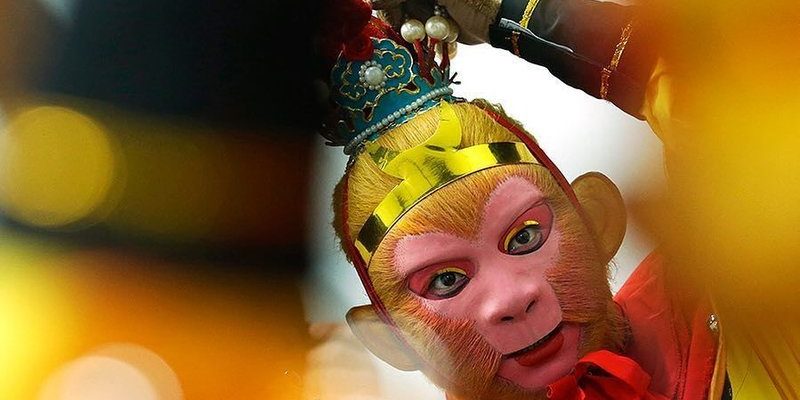
In essence, monkeys symbolize both the light-hearted and the complex aspects of humanity. They challenge norms, poke fun at authority, and, at times, impart wisdom through their antics. Just as we share a connection to these creatures in the wild, we also resonate with their representation in stories and traditions. This article explores the multifaceted roles monkeys play in various cultures, showcasing their vibrant presence in folklore and mythology.
Monkeys in Mythology: The Trickster Archetype
Many cultures view monkeys as tricksters, embodying a playful spirit that upends conventional wisdom. Take the figure of the **Monkey King**, or *Sun Wukong*, from Chinese mythology. Known for his intelligence and rebellious nature, Sun Wukong challenges the celestial hierarchy, displaying both courage and cunning. His journey in the classic novel *Journey to the West* highlights his cleverness and ability to learn, making him a beloved figure.
Similarly, the **Coyote** in Native American folklore often represents mischief and unpredictability, paralleling the characteristics found in monkeys. Coyote’s antics teach important lessons about humility and balance, reminding us that wisdom can come from unexpected places. This trope of the trickster transcends cultures, revealing how societies value both cleverness and the humor found in folly.
Symbolism of Monkeys in Art and Literature
Monkeys have been portrayed in art for centuries, serving as symbols of various themes. In Hindu art, the monkey god **Hanuman** is revered for his strength, devotion, and wisdom. His image often appears in temples and sculptures, representing unwavering loyalty and the triumph of good over evil. Hanuman’s adventures, laden with moral lessons, resonate deeply with devotees and highlight the monkey’s role as a vessel of virtue.
In Western literature, monkeys frequently embody human traits, serving as a mirror to our own behavior. For instance, in *The Jungle Book*, the character **King Louie** represents the desire for power and control. Through his interactions, we see how ambition can lead to both greatness and downfall. This duality in representation showcases how monkeys can embody a broad spectrum of human experiences and emotions.
Cultural Celebrations and Festivals Featuring Monkeys
Across the globe, various festivals celebrate the presence of monkeys in culture. In India, the **Kumbh Mela** often includes reverence for Hanuman and his monkey companions, emphasizing their role in spirituality and community. During this massive gathering, devotees engage in rituals and celebrations, reinforcing the bonds of tradition and faith.
Similarly, in Thailand, the **Monkey Buffet Festival** honors the local macaques in Lopburi. Villagers prepare a grand feast of fruits and vegetables for these playful creatures, celebrating their importance in the ecosystem and local culture. This unique celebration highlights the relationship between humans and monkeys, showcasing how cultural connections can foster compassion for wildlife.
Folklore Lessons: Morality Tales Featuring Monkeys
In many cultures, stories featuring monkeys impart crucial life lessons. For example, the *Tales of Panchatantra* from India are filled with fables where monkeys often play pivotal roles. These tales emphasize qualities like teamwork, intelligence, and the consequences of greed or pride. One common story involves a clever monkey who outsmarts a greedy crocodile, illustrating the triumph of wit over brute strength.
These moral stories serve as valuable teaching tools for children and adults alike. They not only entertain but also provide insight into human nature and societal values. By exploring relationships, conflicts, and resolutions, these tales allow us to reflect on our own behaviors and choices.
Monkeys in Modern Media and Pop Culture
Today, monkeys continue to thrive in modern media and pop culture, often representing whimsical charm and humor. Popular films like *Curious George* and franchises such as *Planet of the Apes* showcase the versatility of monkey characters, appealing to audiences of all ages. These portrayals examine themes of friendship, identity, and the intricacies of human-animal relationships.
Moreover, in video games, monkeys often appear as mischievous sidekicks or formidable opponents. Titles like *Donkey Kong* not only entertain but also draw inspiration from the humorous and adventurous qualities associated with monkeys. This presence in various forms of media highlights our ongoing fascination with these primates and their symbolic meanings.
The Role of Monkeys in Ecological Narratives
Beyond cultural and folkloric representations, monkeys also play a significant role in ecological narratives. As key players in their ecosystems, they contribute to seed dispersal and forest regeneration. This characteristic highlights the interconnectedness of wildlife and nature, reminding us of the delicate balance within our environment.
Cultural depictions of monkeys can serve as important reminders of our responsibility to protect these creatures and their habitats. By understanding their role in folklore and culture, we gain a deeper appreciation for their existence and the need to preserve biodiversity for future generations.
Monkeys are more than just playful animals; they embody a rich tapestry of meanings and reflections of humanity across cultures and folklore. From tricksters and symbols of wisdom to vital players in ecosystems, these creatures remind us of our shared traits and the lessons we can learn from nature.
As we explore the stories and representations of monkeys, we begin to understand their profound significance. Whether through literature, art, or festivals, these moments enrich our cultural fabric and inspire us to look closer at our own behaviors. Honestly, the next time you see a monkey, think beyond the playful facade—appreciate the layers of meaning they bring to our world.

